A Cry Beneath the Mud: The Beginning of Pascal’s Story
It started on an ordinary day in Istanbul — a city of bustling streets, historic mosques, and the sound of seagulls echoing across the Bosphorus. Amid the rhythm of everyday life, something small and silent stirred behind an abandoned building: a stray puppy, frightened and still, caked in a strange, hardened mixture of mud and glue.
Locals who discovered him would later recall how the little dog barely moved, his fur coated in a shell that looked like cement. His eyes, dim but alive, seemed to plead for help. That puppy was Pascal.
What began as a moment of heartbreak soon grew into a movement — one that reminded an entire nation about compassion, accountability, and the bond that links humans with the animals that share their world.

A Prank That Shocked a City
According to reports from local media and rescuers, Pascal’s condition resulted from what was allegedly intended as a prank. Someone had reportedly covered the puppy with industrial glue and rolled him in mud. When the mixture hardened, it restricted his movement and circulation.
Veterinarians who examined Pascal found that the solidified coating caused poor blood flow in his ears and skin. Though experts avoided sensational language, they confirmed that the puppy was in urgent need of medical attention and ongoing care.
Animal rescue organization He’Art of Rescue took Pascal in. They shared updates that drew millions of views online — not to provoke outrage, but to raise awareness about the importance of empathy and responsible treatment of all living beings.
The story spread rapidly across social media, and what had begun as a quiet act of cruelty was transformed into a powerful symbol of compassion and community action.

The Road to Recovery
Pascal’s journey to recovery was slow but filled with hope. Veterinarians carefully softened and removed the hardened material from his fur, ensuring he remained calm and safe throughout the process. Beneath the outer shell, his true colors — a light golden coat — slowly reemerged.
Medical staff noted that Pascal suffered from malnutrition and emotional trauma, making him cautious and fearful of human contact. Yet, as days turned into weeks, he began to trust again. He wagged his tail for the first time in the clinic, a small gesture that captured the hearts of everyone who followed his story.
This transformation highlighted not just physical healing but emotional resilience — a reminder that animals, like people, are capable of recovering from hardship when met with patience and kindness.
The Cultural Significance of Compassion Toward Animals
In Turkey, animals occupy a special place in both history and faith. The Ottoman Empire was known for establishing some of the earliest forms of organized animal care, including charitable foundations that fed stray cats and dogs. In Islam, kindness to animals is considered a virtue; many Turkish citizens see feeding street animals as an act of goodness and respect for creation.
Yet, like in many modern cities, the balance between urban development and animal welfare remains complex. Stray animals often roam freely, and not all encounters are positive. Pascal’s story reignited public discussion about how communities can coexist peacefully with the animals that inhabit their spaces.
Cultural scholars observed that the public reaction to Pascal’s case — the donations, the protests, and the volunteer drives — was a modern reflection of traditional Turkish compassion, expressed now through social media and activism.
The Science of Empathy: Why Humans Care So Deeply About Animals
Psychologists and neuroscientists have long studied why people respond so strongly to animal suffering. Research suggests that observing distress in animals activates the same regions of the brain responsible for human empathy. In other words, our ability to feel for others extends naturally beyond our own species.
This empathy is rooted in evolutionary biology. Humans have relied on animals for survival — for companionship, protection, and assistance. In turn, caring for them became part of what defines humanity itself.
Scientists note that stories like Pascal’s evoke strong emotional responses because they combine two powerful triggers: innocence and injustice. Seeing a helpless being restored through compassion allows people to reaffirm their belief in kindness and moral balance.
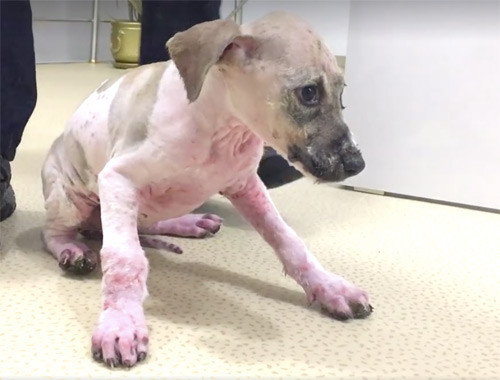
From Viral Outrage to Real-World Action
The public response to Pascal’s rescue was immediate and passionate. Animal rights organizations in Turkey used the incident as a rallying point to promote stronger welfare regulations and educational programs about humane treatment.
In Istanbul and other cities, volunteers organized awareness walks, fundraising campaigns, and adoption events. Hashtags calling for stricter penalties for animal neglect trended for weeks, uniting citizens across social and political lines.
Local schools invited veterinarians to speak about animal care, while influencers shared messages encouraging people to adopt rather than buy pets. What could have been a story of despair became a catalyst for change.
Understanding the “Prank” Phenomenon Through Psychology
While the public called for accountability, psychologists urged understanding of a deeper issue — the psychology behind so-called “pranks” that cross ethical lines.
Experts suggest that some individuals engage in extreme behavior for attention, social validation, or online fame, especially in the age of viral media. Without moral awareness, the line between humor and harm can blur.
This insight doesn’t excuse wrongdoing but provides a framework for education. Preventing future incidents requires more than punishment — it demands early teaching about empathy, emotional intelligence, and respect for living creatures.
Pascal’s Symbolism: Beyond One Dog’s Story
Pascal’s recovery photos, showing his bright eyes and gentle smile, became symbolic across the internet. Artists painted murals of him in Istanbul’s Kadıköy district. Donations poured into animal shelters not just in Turkey, but globally.
His story has been compared to those of other famous rescue animals that changed public opinion — from Hachiko in Japan, whose loyalty became legend, to Balto in Alaska, whose bravery inspired generations.
In each of these tales, a single animal becomes a mirror reflecting humanity’s capacity for compassion, reminding us that care and cruelty are both choices.

The Role of Social Media: A Double-Edged Sword
Social platforms played a crucial role in bringing Pascal’s story to light. Images shared by his rescuers were widely reposted, inspiring help and awareness. However, experts caution that viral sharing can sometimes overshadow nuance — turning real suffering into quick emotion rather than sustained action.
Responsible storytelling, they say, means presenting such events not for shock, but for education. When used wisely, social media becomes a bridge between awareness and empathy — a tool that can inspire meaningful, positive change.
Animal Welfare in Turkey: Progress and Challenges
In recent years, Turkey has taken steps toward stronger animal protection laws. In 2021, the Turkish parliament approved legislation recognizing animals as living beings rather than property, a move celebrated by activists.
Under this law, intentional harm to animals can result in significant penalties. Municipalities are also encouraged to support sterilization and feeding programs for stray animals.
Yet challenges remain — from overcrowded shelters to inconsistent enforcement. The case of Pascal highlighted these issues, motivating continued dialogue between citizens, lawmakers, and animal rights groups.
Lessons from Pascal’s Journey
What can we learn from Pascal’s ordeal and recovery? Perhaps that compassion is contagious. When people see acts of kindness — especially those involving the vulnerable — they are inspired to act similarly.
Communities that once turned away from street animals began organizing rescue initiatives. Children who followed Pascal’s story in school projects wrote letters to their local shelters, sending toys and food. Even businesses began supporting adoption campaigns as part of their social responsibility efforts.
In this way, Pascal became more than a rescue — he became a teacher.
The Myth and Meaning of the “Innocent Creature” Archetype
Across cultures, stories of innocent creatures facing hardship often symbolize purity, renewal, and the moral struggle between kindness and indifference. From Aesop’s fables to modern films, the “rescued animal” represents hope in its most vulnerable form.
Pascal’s story fits within this timeless narrative. Whether viewed through a cultural or psychological lens, it reflects the human longing to see goodness triumph over cruelty. While skeptics might question the depth of symbolic interpretation, anthropologists point out that such narratives strengthen social empathy and community values.
Reflection: What Pascal Reminds Us About Human Curiosity
At its heart, Pascal’s story is not just about one dog — it’s about us. It reveals how deeply human curiosity and compassion intertwine. People were drawn to his story not only out of sadness, but out of wonder: How could something so small survive something so difficult? How can empathy ripple outward to change lives, laws, and perspectives?
Human curiosity often leads us to explore space, science, and the unknown. Yet, perhaps the most profound discovery lies within ourselves — the capacity to care, to protect, and to heal.
Pascal’s journey reminds us that kindness, once awakened, spreads far beyond its origin. In every city, in every act of compassion, the spirit of that little puppy lives on — a quiet but powerful testament to the best of humanity.
Sources
-
He’Art of Rescue – Official Rescue Updates (Istanbul, Turkey)
-
Daily Sabah – Reports on Animal Welfare Legislation in Turkey
-
Turkish Veterinary Association – Statements on Animal Health and Recovery Procedures
-
National Geographic – Research on Human Empathy Toward Animals
-
BBC Future – “The Science Behind Why We Care for Animals”

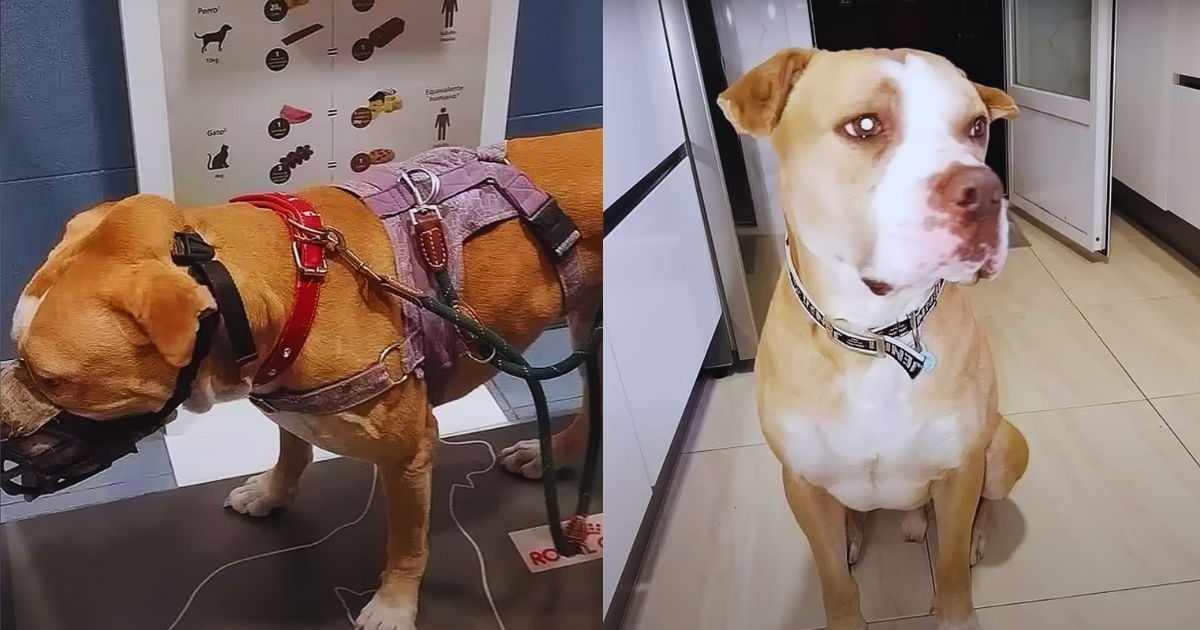
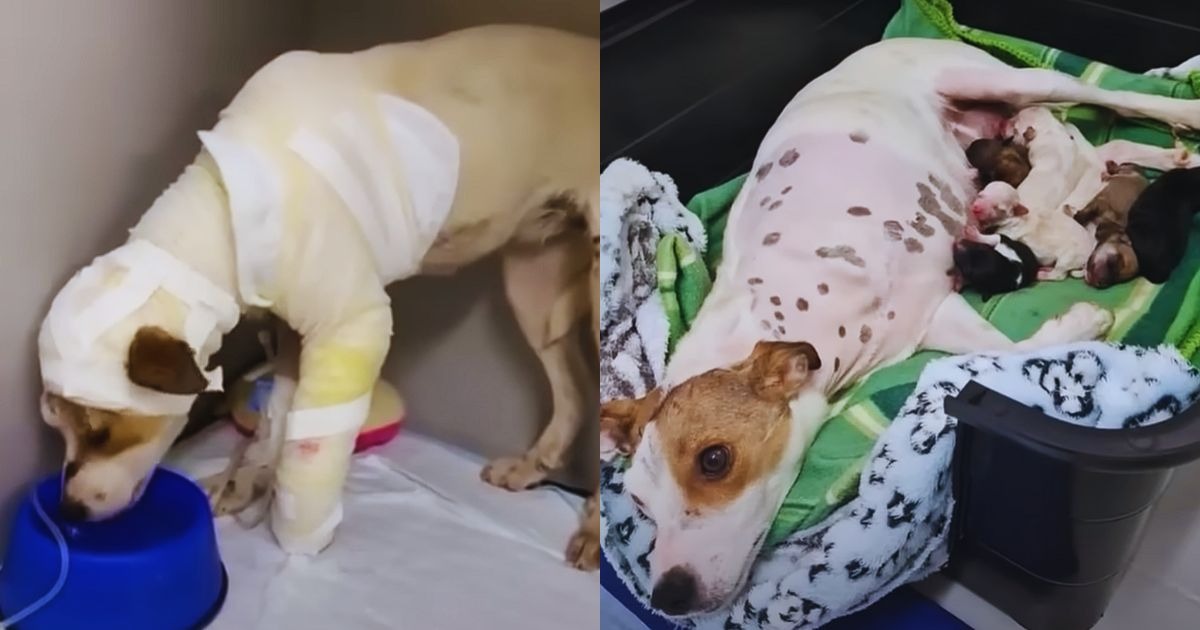
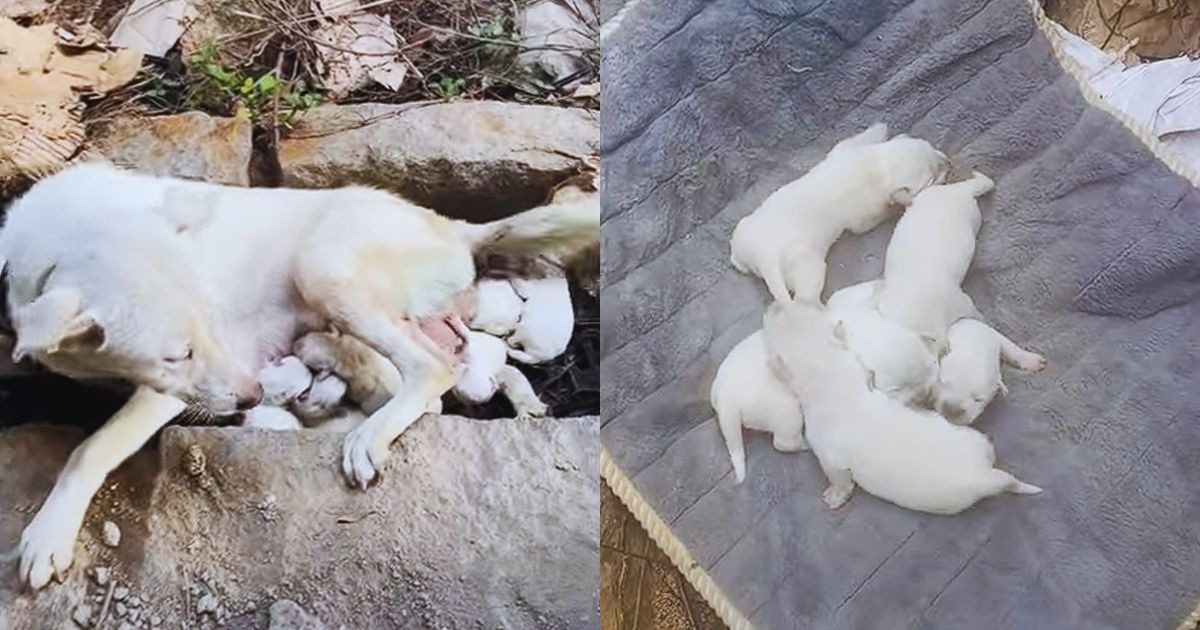
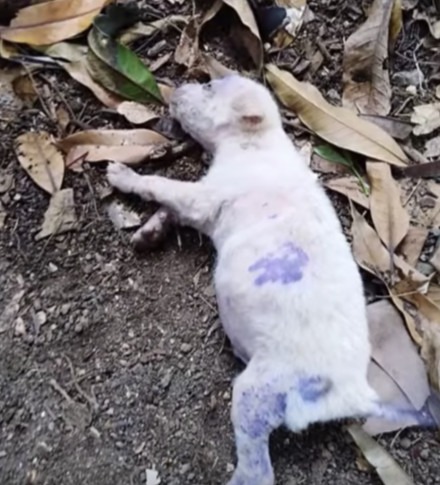

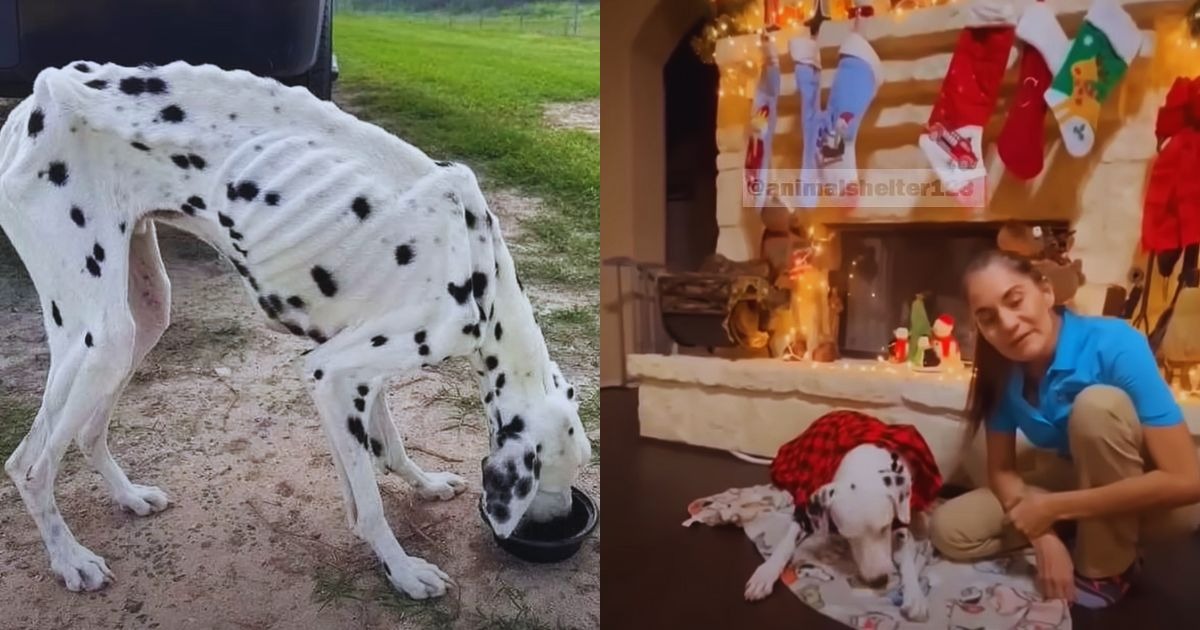
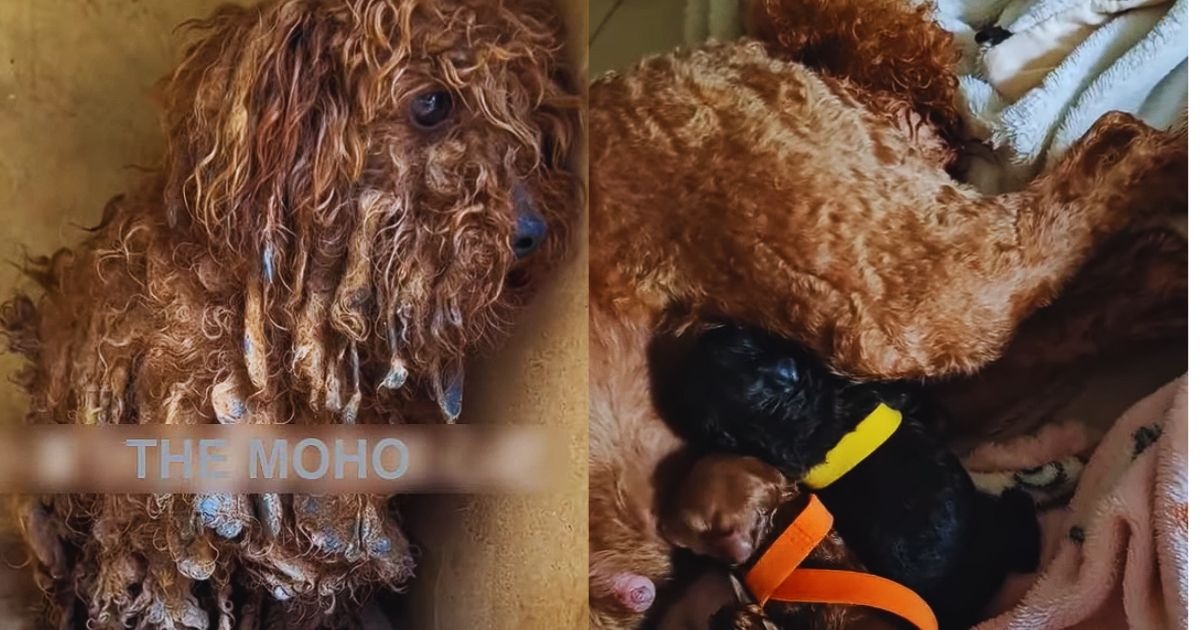
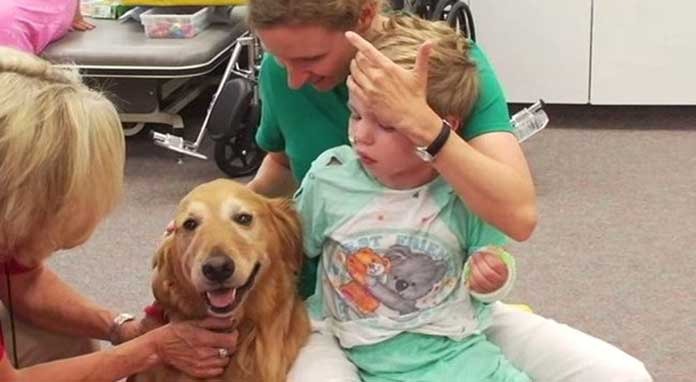

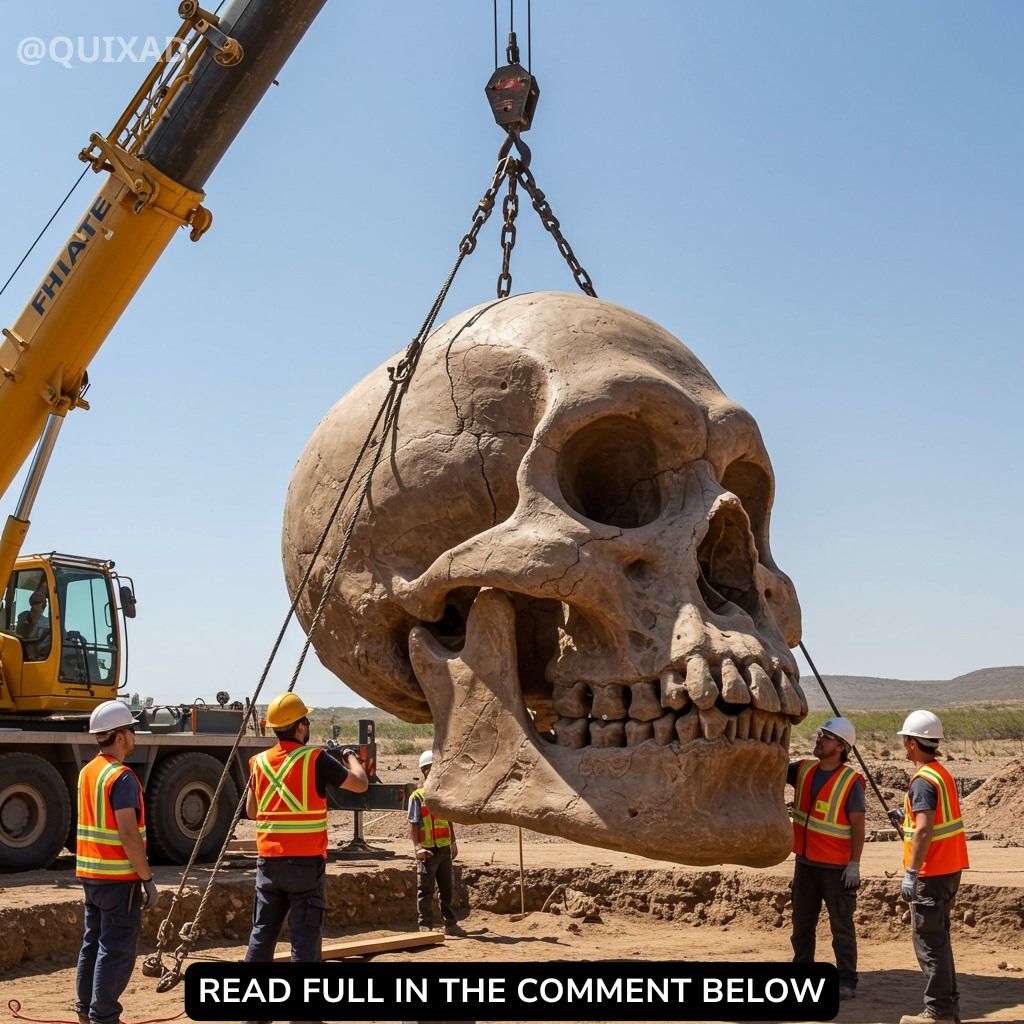
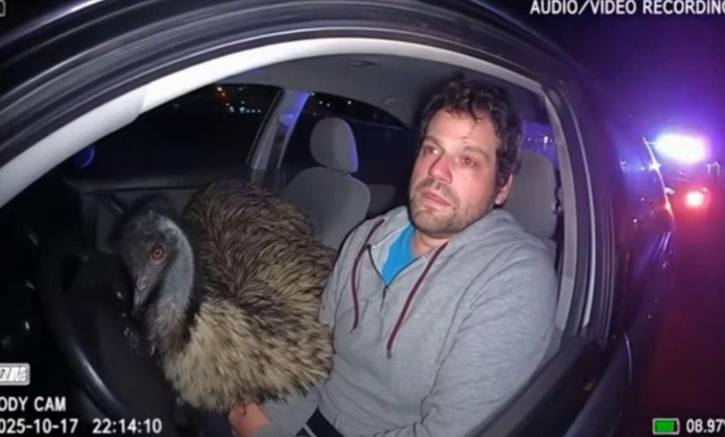
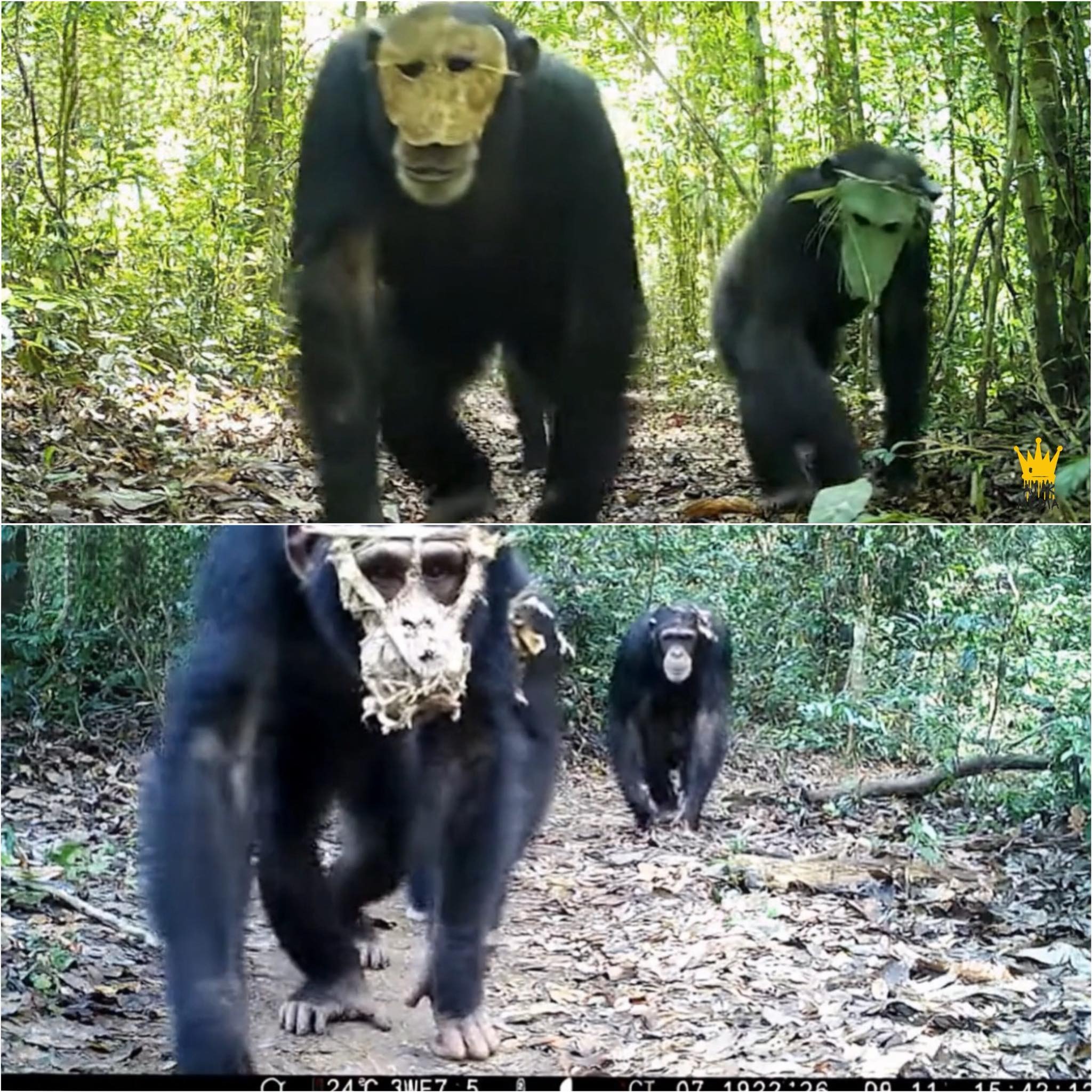
Leave a Reply